Tips to get started
Michael Keever has always been a collector; he’s from a family of collectors that goes back generations. Step into Worthington Galleries, which he owns with his wife, Ashley, in Gallatin and there is ample evidence of that collecting gene. From art and sports memorabilia to historical relics and statues, the space is packed with pieces.
But Keever especially loves to collect books, which he feels bear more importance the further we get from the written word and the more embedded we are in texting and the cloud. One particular coup is his purchase of author Tom Clancy’s personal book collection, acquired at a private sale. Other standouts are from the early 15th century, handwritten because they predate the Gutenberg printing press.
“The written language has meaning that we can’t grasp necessarily with the spoken language,” he says. “When we write, we try to use words beyond our everyday vocabulary; books can capture something that is lost when spoken.”
Keever offers these tips for those looking to start a book collection.
Know the terms. There is a difference between rare, vintage, antique and first printing, so learn the meanings and how they can relate to value. Antiques are older than 100 years, for example, while vintage means it is older than 20. “You might choose to buy old books, but keep in mind that doesn’t necessarily mean they’re rare,” he says.
Collect what you love. Keever loves historical nonfiction, so that is what he gravitates to. Someone else might go only for French literature. Whatever it is you collect, if you love it you won’t be disappointed. “Some people love fiction and have a favorite author, and so their collecting would probably revolve around getting what’s called ‘first christening,’ ” he says. “A lot of those people would collect books if they can get a first print signed by the author.”
Admire books as art. It’s okay to forget about the content and purchase books just because of a beautiful binding or soft red Moroccan leather cover. Keever says the very act of creating some books is mind-blowing. “Glue would never touch the page, just tying knots in just the right places,” he says. “It was really a work of art that could take a person months just to put one or two books together in that old way. Those are hard to find these days.”
Look for hidden gems. One book in Keever’s collection doesn’t look too special on first glance, but the margins tell another story: They are crowded with the personal notes of previous owner Franklin Delano Roosevelt. “Although there might be a billion of those books in print, there’s only one of those books where he wrote in the margins,” Keever says. “That makes it an extremely rare book, truly one of a kind.” Another book he recently saw was a title that was targeted by the Nazis in World War II; they ordered all copies banned and burned, so its existence was already a find. But it was also signed by the German author, so its value was close to $50,000.
Attend auctions. This is where you will be able to see the items before purchasing and can have confidence the goods are authentic. “There are a lot of auction houses that specialize in antique and rare books, as well as letters and manuscripts,” Keever says. “If you think about it, a letter is a book. It’s just not been published. So the same people who sell rare books also deal with rare, written artifacts like manuscripts and documents.” Still, a lot of dealing happens online, so Keever says to deal with reputable vendors.
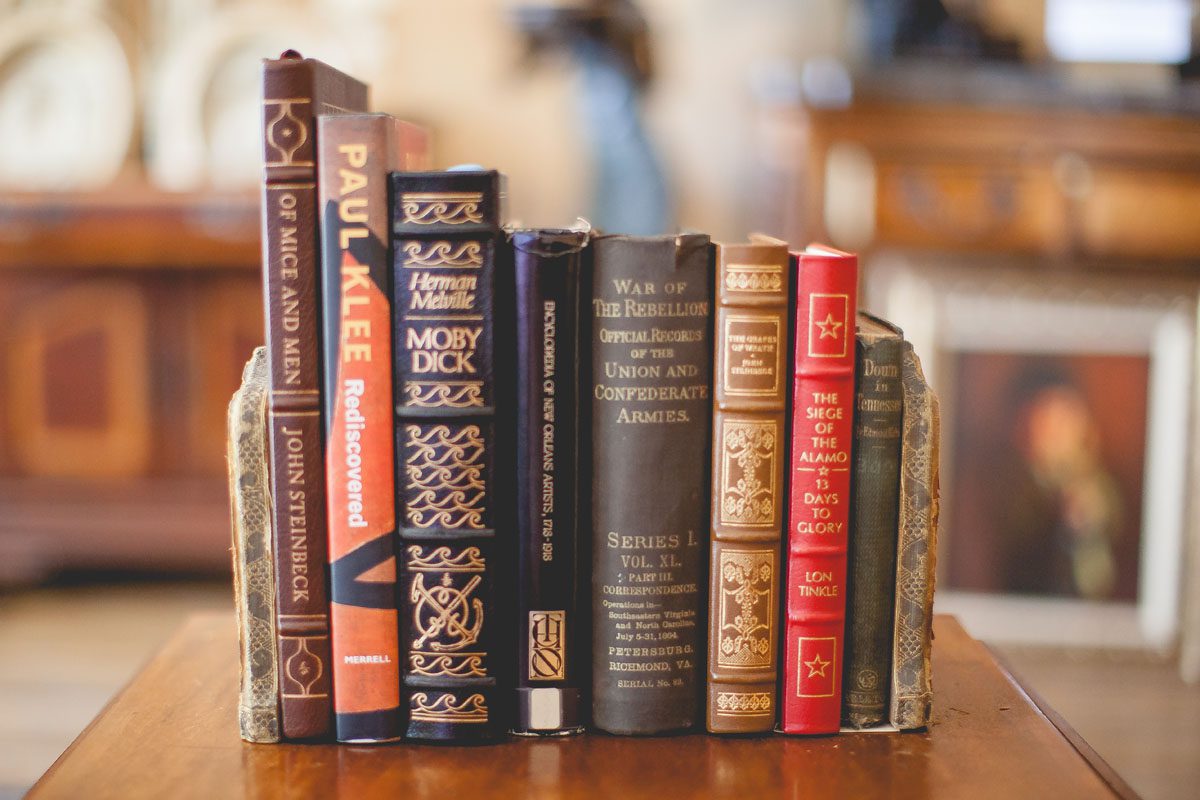
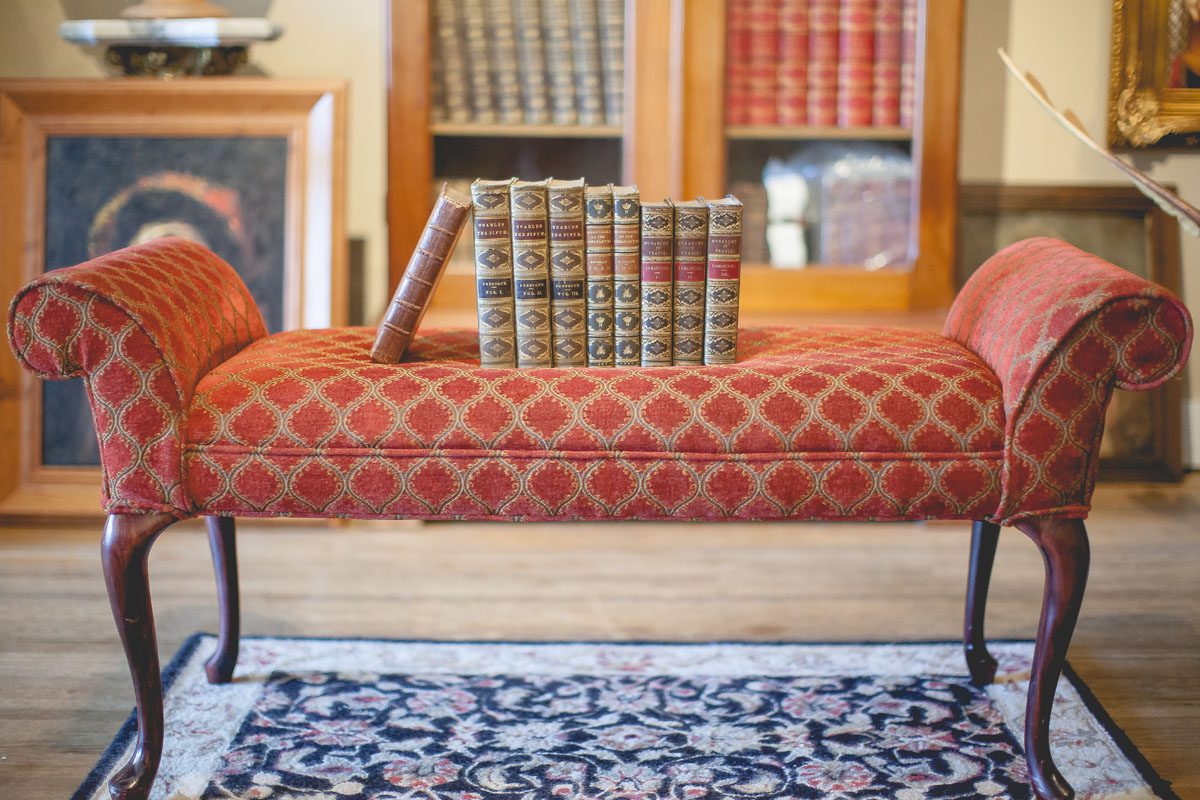
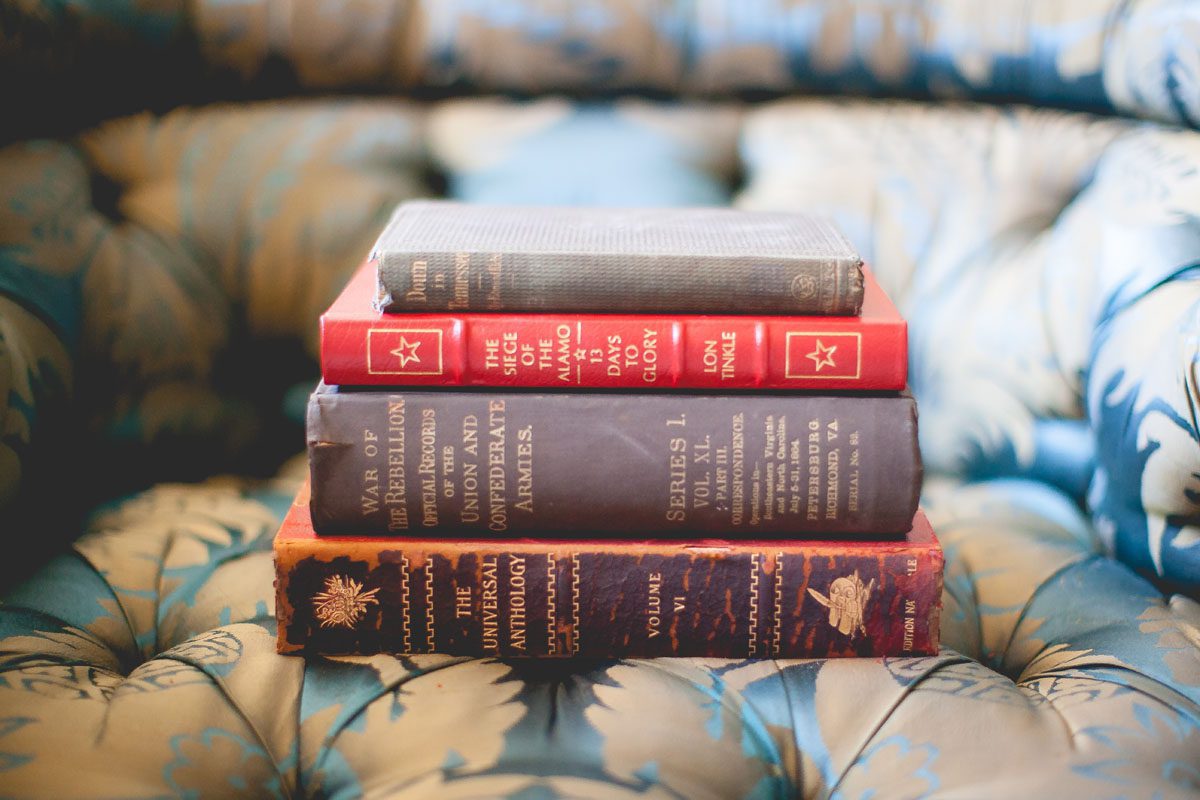
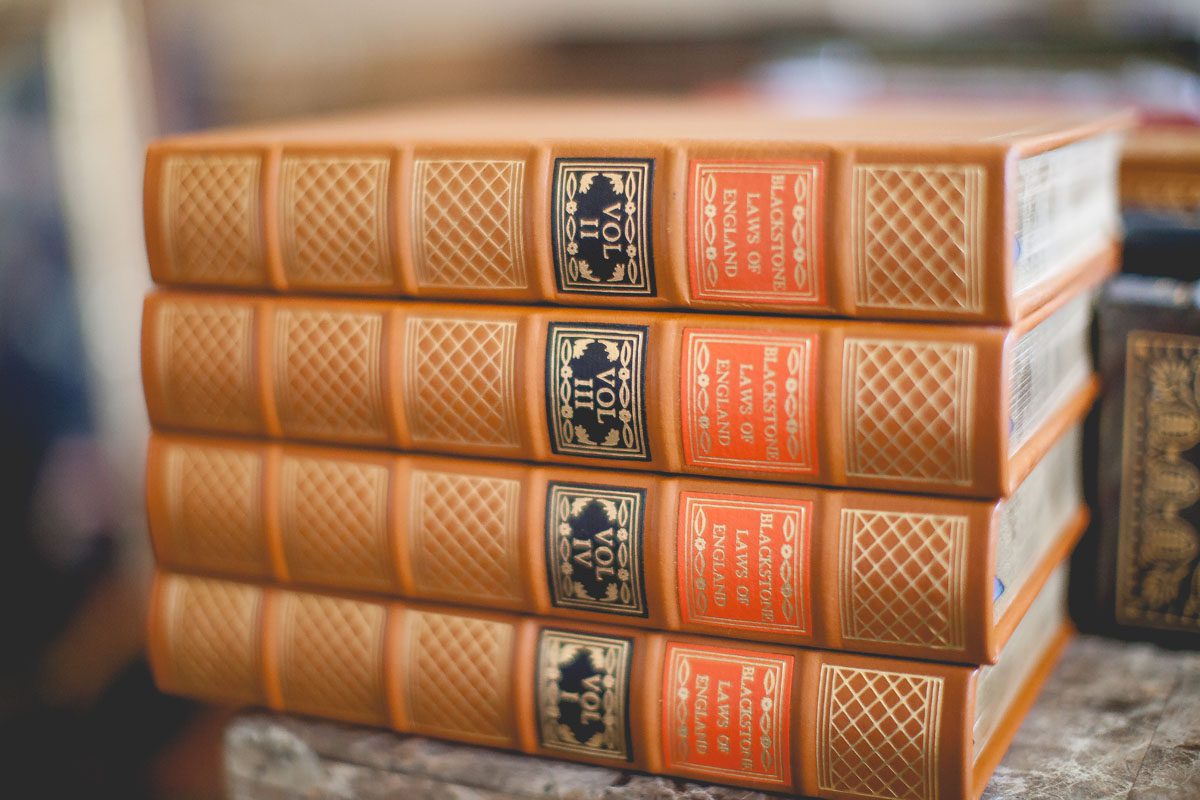
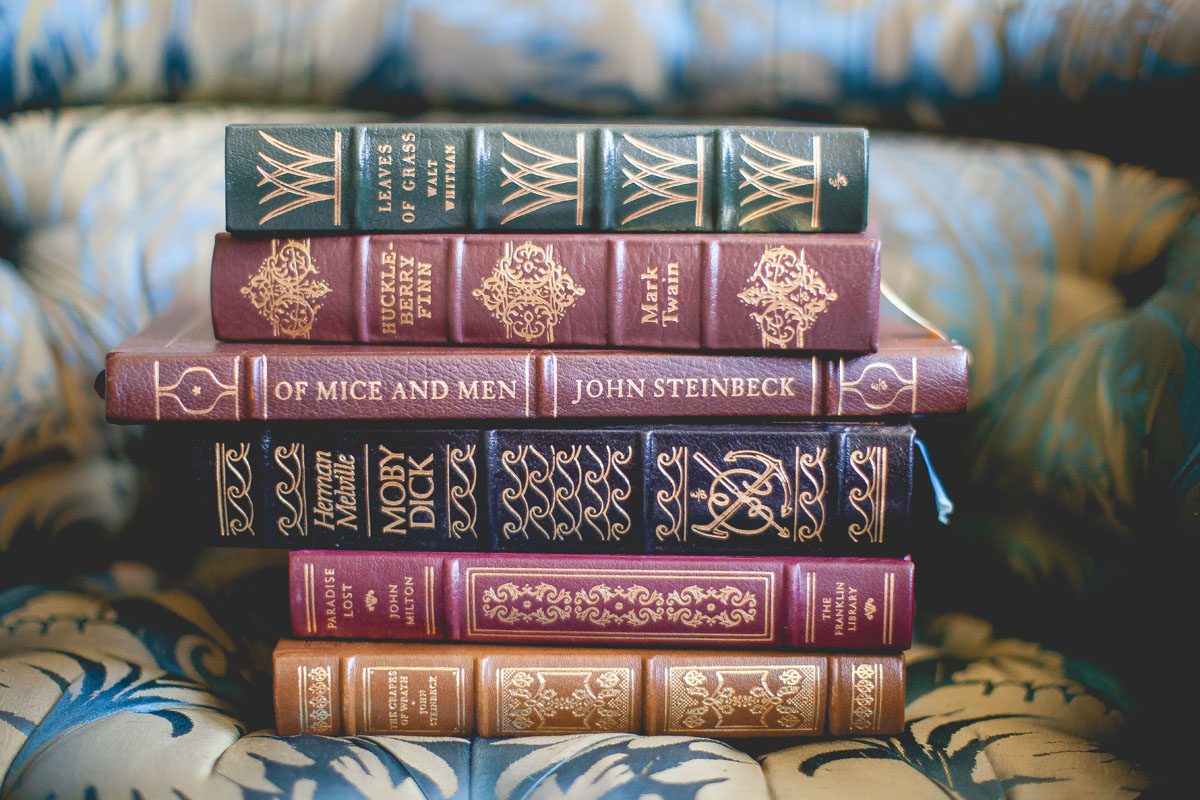
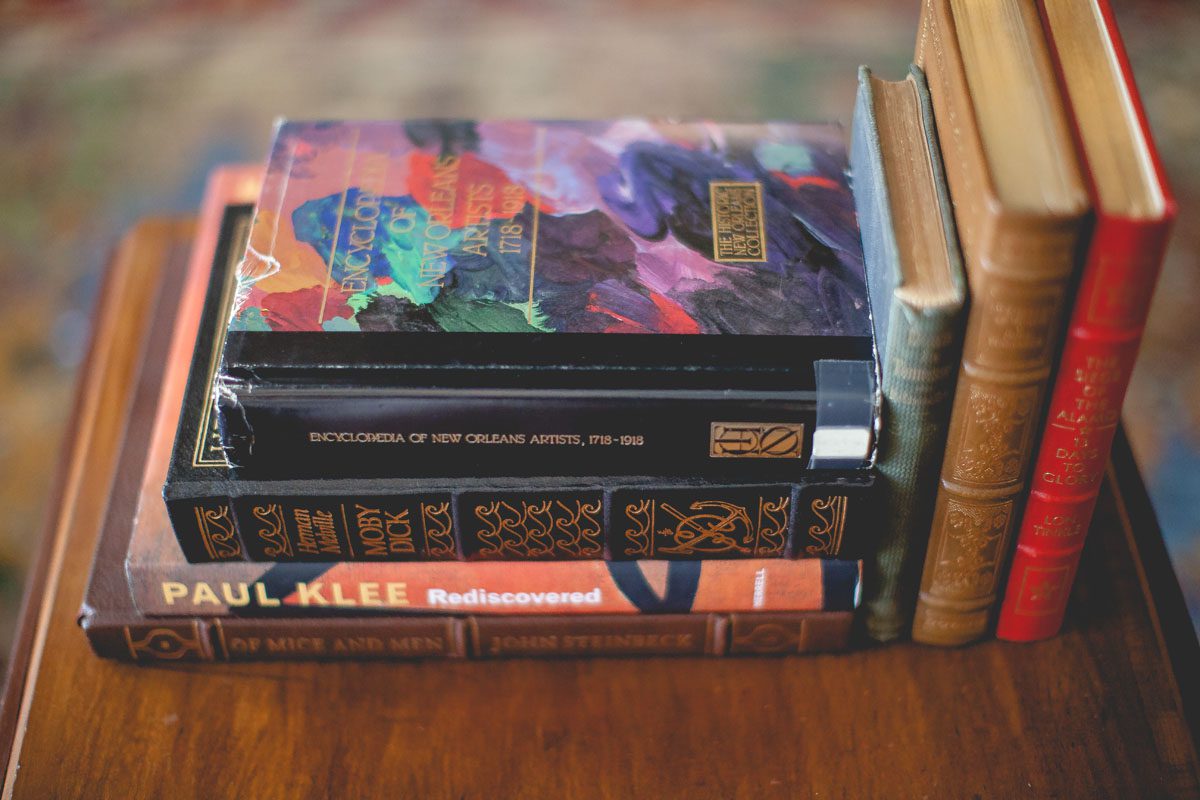
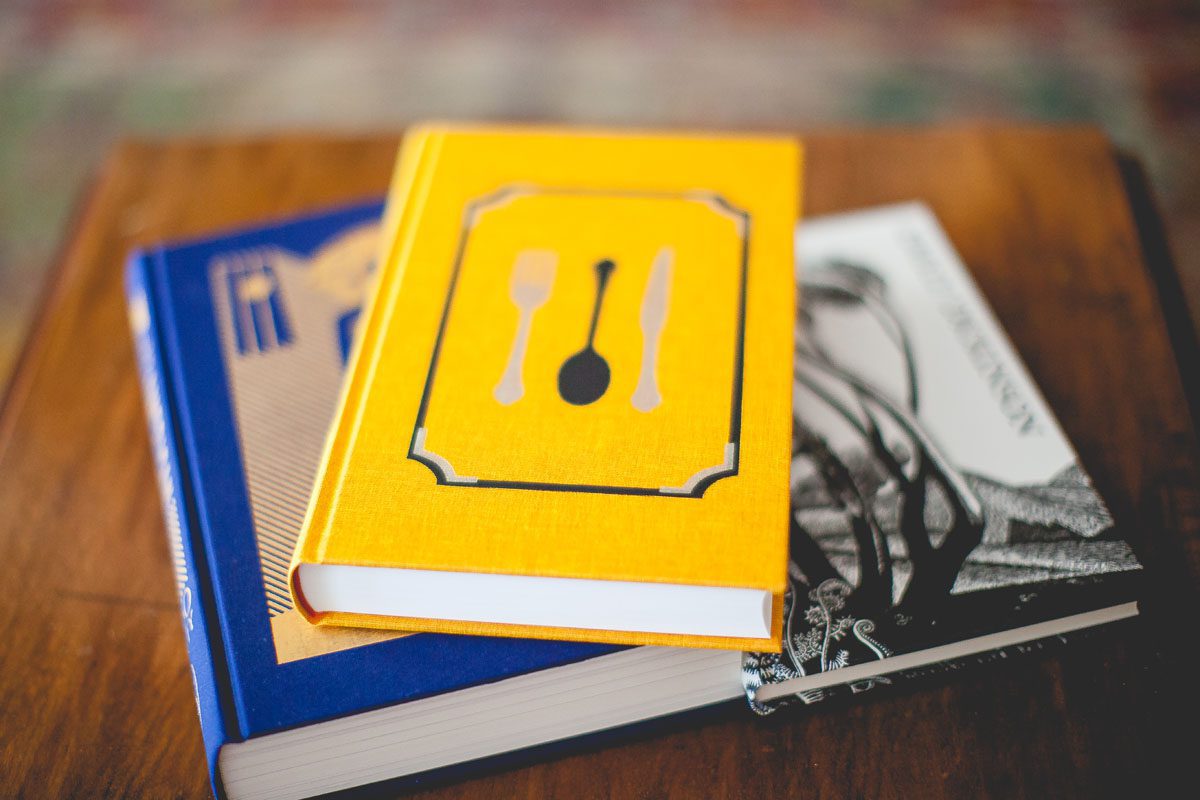
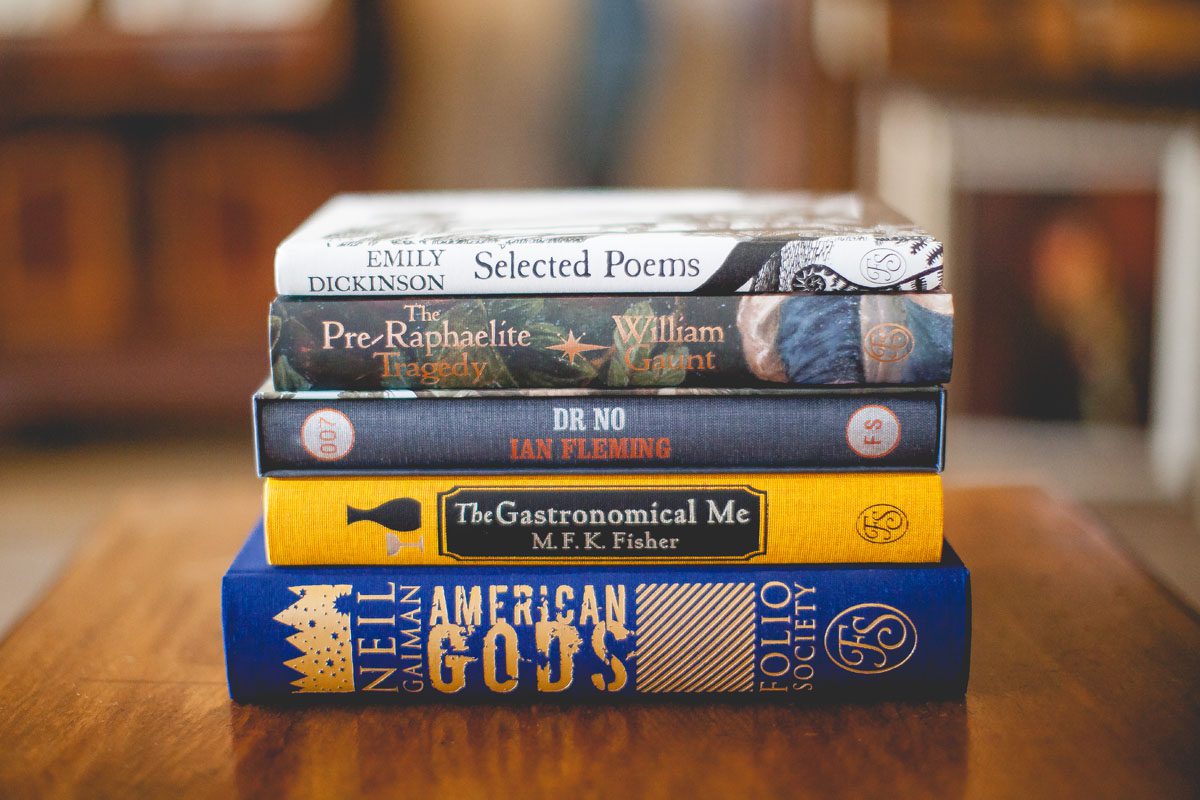
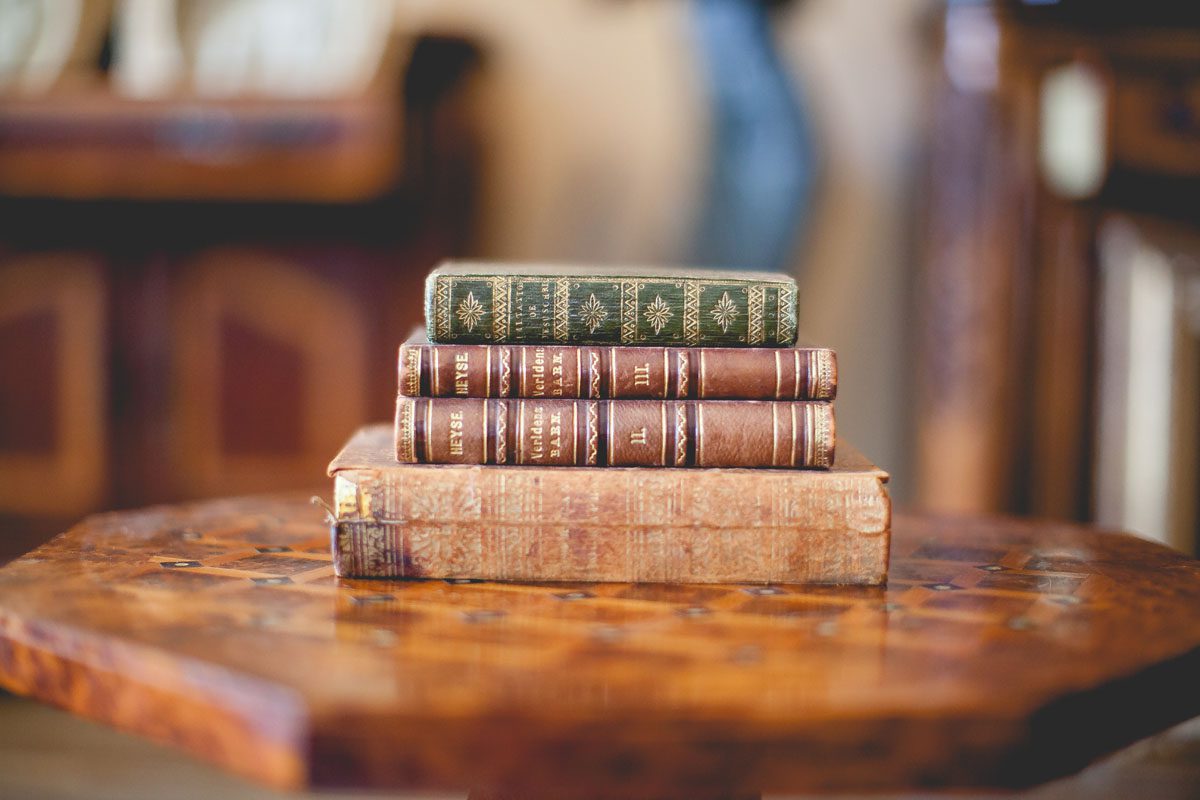

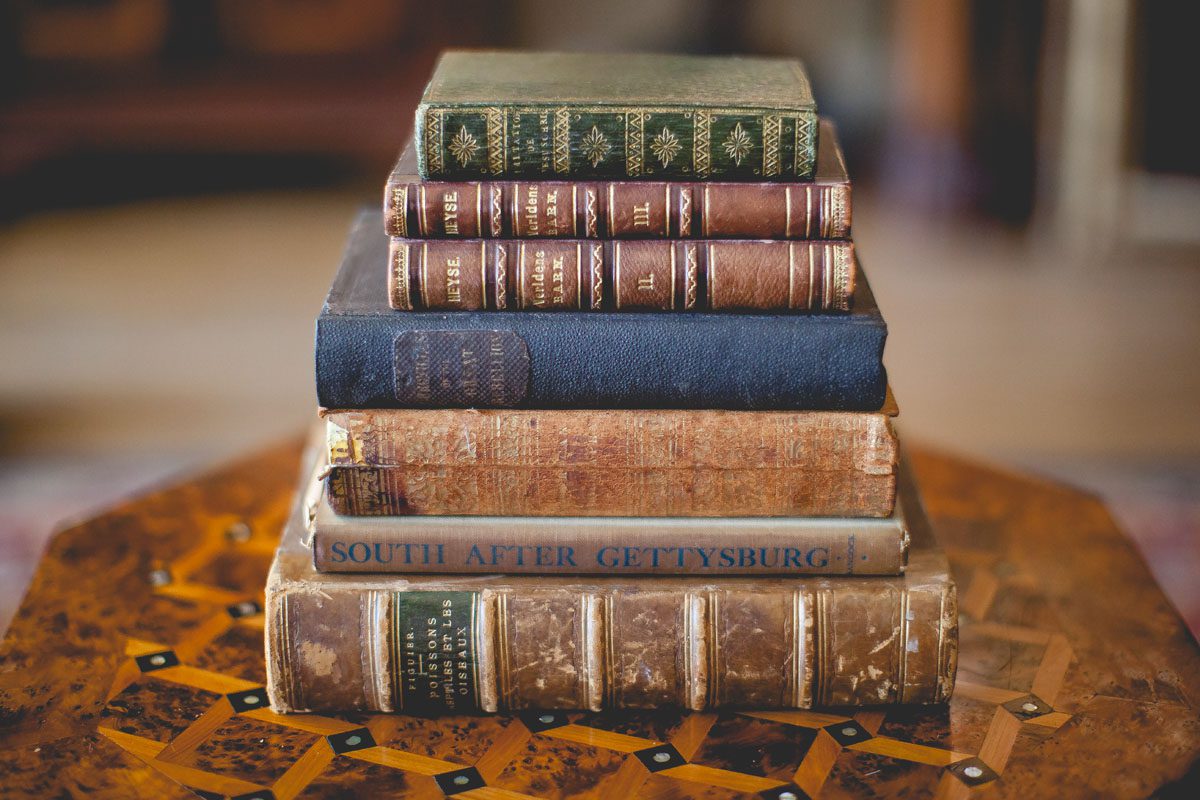

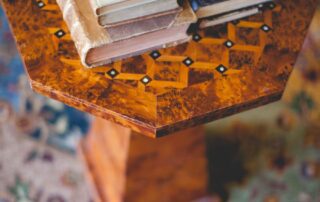
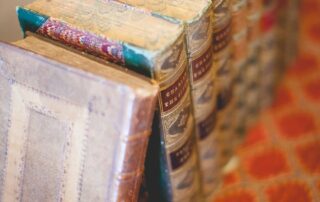
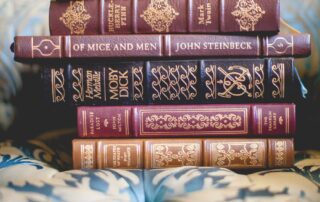
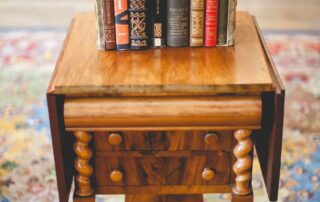
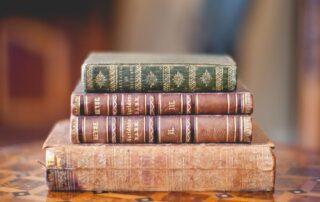



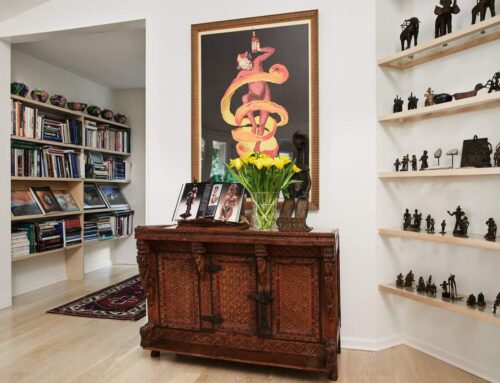

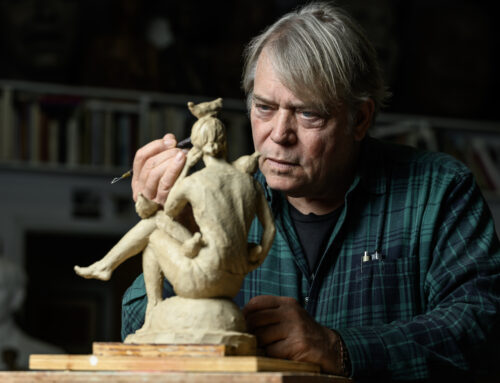
Leave A Comment
You must be logged in to post a comment.